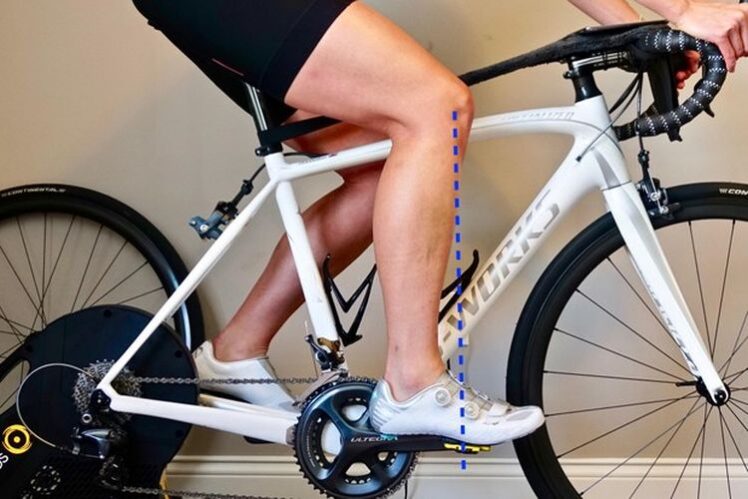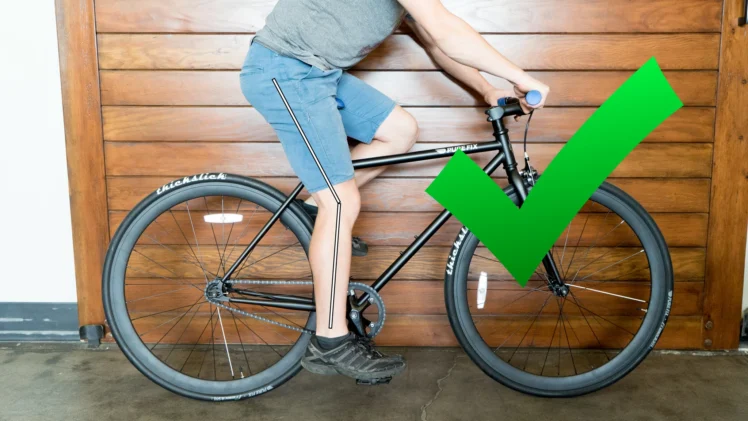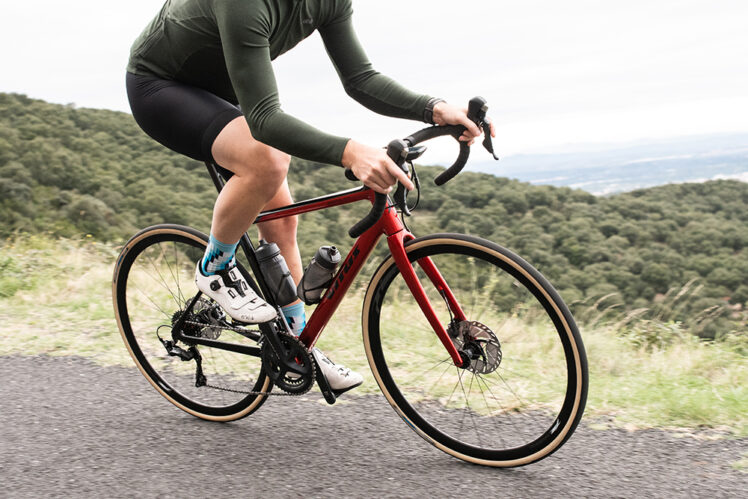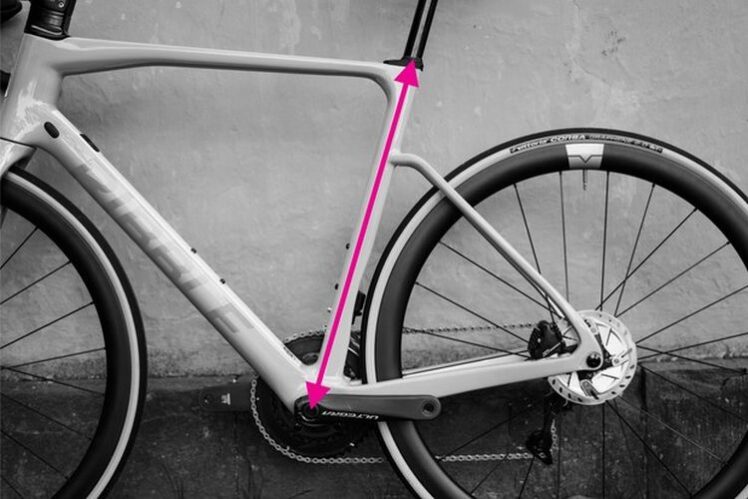Are you tired of feeling cramped or stretched out on your bike? Look no further than our complete bike frame size chart! Whether you’re a seasoned cyclist or just starting out, finding the right fit is crucial for both comfort and performance. Our comprehensive guide covers everything from road bikes to mountain bikes, ensuring that everyone can find their perfect match. Get ready to ride like never before with our complete bike frame size chart for all bikes!
How to Measure Yourself for a Bike

Measuring yourself for a bike involves determining the proper size of the bike that will be comfortable and suitable for your body size and riding style. Here are some basic steps to measure yourself for a bike:
• Stand with your feet flat on the ground and measure your inseam length. This is the distance from your crotch to the floor.
• Determine your ideal bike frame size based on your inseam length. Different bike types and styles have different frame size charts, but a general guideline is to multiply your inseam length by 0.65 for road bikes, 0.66 for mountain bikes, and 0.67 for hybrid bikes. This will give you an estimate of the frame size in centimeters.
• Consider your riding style and the type of bike you want. Different types of bikes have different geometries and are designed for different riding positions. For example, road bikes have a more aggressive riding position, while hybrid bikes have a more upright riding position.
• Test ride different bikes in the correct size to find the one that feels most comfortable and suits your riding style.
It’s important to note that these are general guidelines, and other factors such as reach, stack, and saddle height should also be considered when determining the proper bike fit. It’s recommended to consult with a bike fitting specialist or a knowledgeable bike shop to ensure that you get the best fit for your body and riding style.
Bike Frame Size Chart
Bike frame sizes can vary depending on the type of bike, manufacturer, and model. However, here is a general guideline for bike frame sizes based on inseam length:
| Inseam length (inches) | Road bike frame size (inches) | Mountain bike frame size (inches) | Hybrid bike frame size (inches) |
| 27-29 | 48-50 | 13-14 | 14 |
| 29-31 | 50-52 | 14-15 | 15 |
| 31-33 | 52-54 | 15-16 | 16 |
| 33-35 | 54-56 | 16-17 | 17 |
| 35-37 | 56-58 | 17-18 | 18 |
| 37-39 | 58-60 | 18-19 | 19 |
| 39-41 | 60-62 | 19-21 | 21 |
| 41-43 | 62-64 | 21-22 | 22 |
| 43-45 | 64-66 | 22-23 | 23 |
Again, these are just general guidelines and other factors should be considered when determining the proper bike fit. It’s recommended to consult with a bike fitting specialist or a knowledgeable bike shop to ensure that you get the best fit for your body and riding style.
Tips for Finding the Right Sized Bike Frame

When it comes to finding the right sized bike frame, there are a few things you need to take into account. Here are some tips to help you find the perfect frame size for your next bike:
• Measure your inseam: This is the distance from the ground to your crotch, with your shoes off. It’s best to have someone help you measure to get an accurate result.
• Use a bike size chart: Use the inseam measurement to find the appropriate bike size on a size chart for the type of bike you want. Keep in mind that different manufacturers may have slightly different sizing charts, so it’s a good idea to check with the specific manufacturer or model you’re interested in.
• Consider your riding style: Different types of bikes are designed for different riding styles, and this can affect the size you need. For example, road bikes have a more aggressive riding position, which may require a smaller frame size. Mountain bikes have a more upright position, which may require a larger frame size.
• Test ride different sizes: Once you have a general idea of the frame size you need, test ride bikes in that size as well as one size up and one size down. This will help you get a feel for what size is most comfortable for you.
• Adjustments: Keep in mind that a bike’s fit can be adjusted through saddle height, stem length, and handlebar position. A professional bike fit can help ensure that you’re comfortable and efficient on your bike.
• Seek professional advice: A bike shop or bike fitting specialist can provide expert advice on finding the right size bike frame for your body and riding style. They can also help with adjustments to ensure that you’re comfortable and efficient on your bike.
How to Adjust Your Bike Frame to Fit You Perfectly

To adjust your bike frame to fit you perfectly, here are some steps you can take:
• Adjust saddle height: Make sure the saddle is at the right height for your leg length. This can be done by standing next to the bike and raising the saddle to hip height, then sitting on the bike with one pedal at the bottom position. Your leg should be fully extended when your heel is on the pedal.
• Adjust saddle position: The saddle should also be adjusted to the correct horizontal position. This can be done by adjusting the saddle rails forward or backward to ensure that your sit bones are supported by the widest part of the saddle.
• Adjust handlebar position: Adjust the handlebar height and reach to ensure a comfortable riding position. This can be done by adjusting the stem length, raising or lowering the stem, or adding or removing spacers under the stem.
• Adjust pedal position: Ensure that the pedals are positioned correctly for your foot size and riding style. The balls of your feet should be centered over the pedal axles.
• Check frame size: If the frame size is not correct, it may be difficult to make other adjustments. Consider getting a professional bike fitting or adjusting the frame size if necessary.
• Consider other adjustments: Other adjustments such as cleat position, handlebar width, and saddle angle can also affect your comfort and efficiency on the bike.
Conclusion

We hope this article has helped you understand the importance of finding the right size bike frame that fits your body. With a good understanding of bike sizing, you can find the perfect fit for maximum comfort and performance. If you have any further questions on bike sizes or need help choosing the best one for your needs, don’t hesitate to contact our team of experts who are always happy to answer any queries related to cycling.

